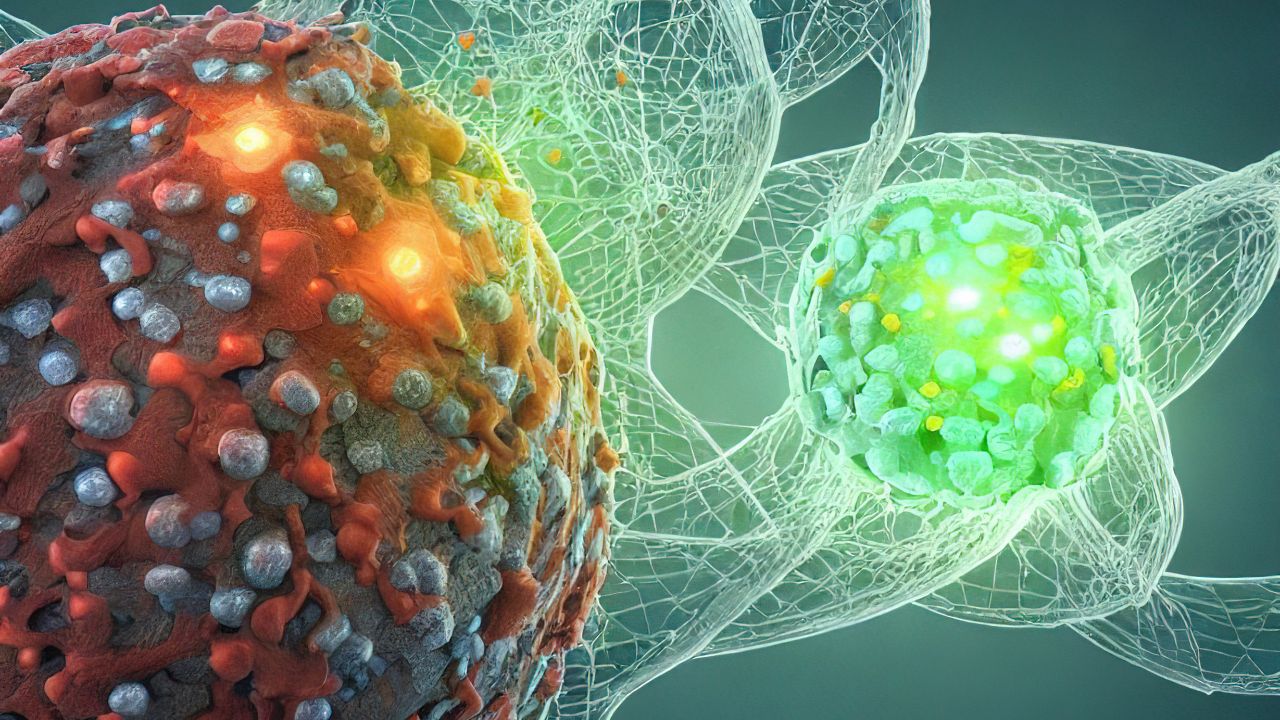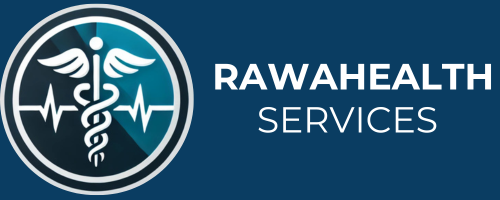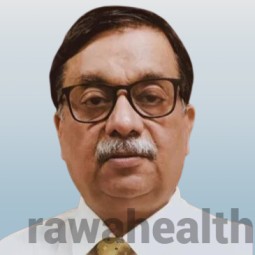
Cancer Chemotherapy in India: A Comprehensive Overview
Introduction to Chemotherapy
Chemotherapy plays a crucial role in treating cancer by utilizing chemical medications to target and destroy rapidly growing cancer cells. Unlike treatments such as surgery or radiation, which focus on specific areas, chemotherapy operates throughout the entire body. Therefore, it can be administered alone or in combination with other therapies to enhance its effectiveness.
Methods of Administering Chemotherapy
Intravenous (IV) Chemotherapy
Doctors commonly administer chemotherapy through an intravenous line inserted into a vein, usually in the arm. This method allows the medication to enter the bloodstream directly. The treatment schedule may involve continuous infusion or intermittent doses, depending on the type of chemotherapy drug and the overall treatment plan.
Oral Chemotherapy
In addition to IV chemotherapy, patients might take chemotherapy drugs in tablet or capsule form. Oral chemotherapy offers convenience and flexibility, and it is often used alongside other treatment methods to optimize results.
Intramuscular and Subcutaneous Injections
Some chemotherapy drugs are administered via injections directly into the muscle or just below the skin. These methods are suitable for specific drugs and treatment regimens, providing another option for effective treatment.
Intrathecal Chemotherapy
For cancers affecting the central nervous system, doctors may choose to administer chemotherapy into the spinal fluid. This technique, known as intrathecal chemotherapy, specifically targets cancer cells in the brain and spinal cord, offering a more focused approach.
Intracavity Chemotherapy
In certain cases, doctors may place chemotherapy drugs directly into body cavities, such as the bladder or pelvic cavity. This localized treatment targets tumors more precisely, minimizing the impact on surrounding healthy tissue.
Administration Techniques and Care
Using a Cannula for IV Chemotherapy
Healthcare professionals typically insert a thin tube, called a cannula, into a vein in the hand or forearm. This tube connects to a drip system that administers the medication. Depending on the drug and treatment protocol, the administration can range from a few minutes to several hours.
Central Lines for Long-Term Treatment
For ongoing chemotherapy, doctors might use central lines, such as Groshong® or Hickman® lines. These long, thin tubes are inserted into a chest vein and can remain in place for extended periods. Central lines facilitate medication administration and blood draws but require diligent care to avoid complications, such as infections.
Managing Side Effects and Complications
Chemotherapy often leads to side effects, including nausea, fatigue, and increased susceptibility to infections. Managing these side effects effectively is essential for maintaining patient comfort and well-being. Patients should promptly report any unusual symptoms or concerns to their healthcare team to address them promptly.
Conclusion
In India, advanced medical facilities and experienced oncologists offer comprehensive chemotherapy services tailored to individual patient needs. By understanding the various administration methods and associated care requirements, patients can better navigate their treatment journey and work towards achieving successful outcomes.
Cancer Chemotherapy in India




